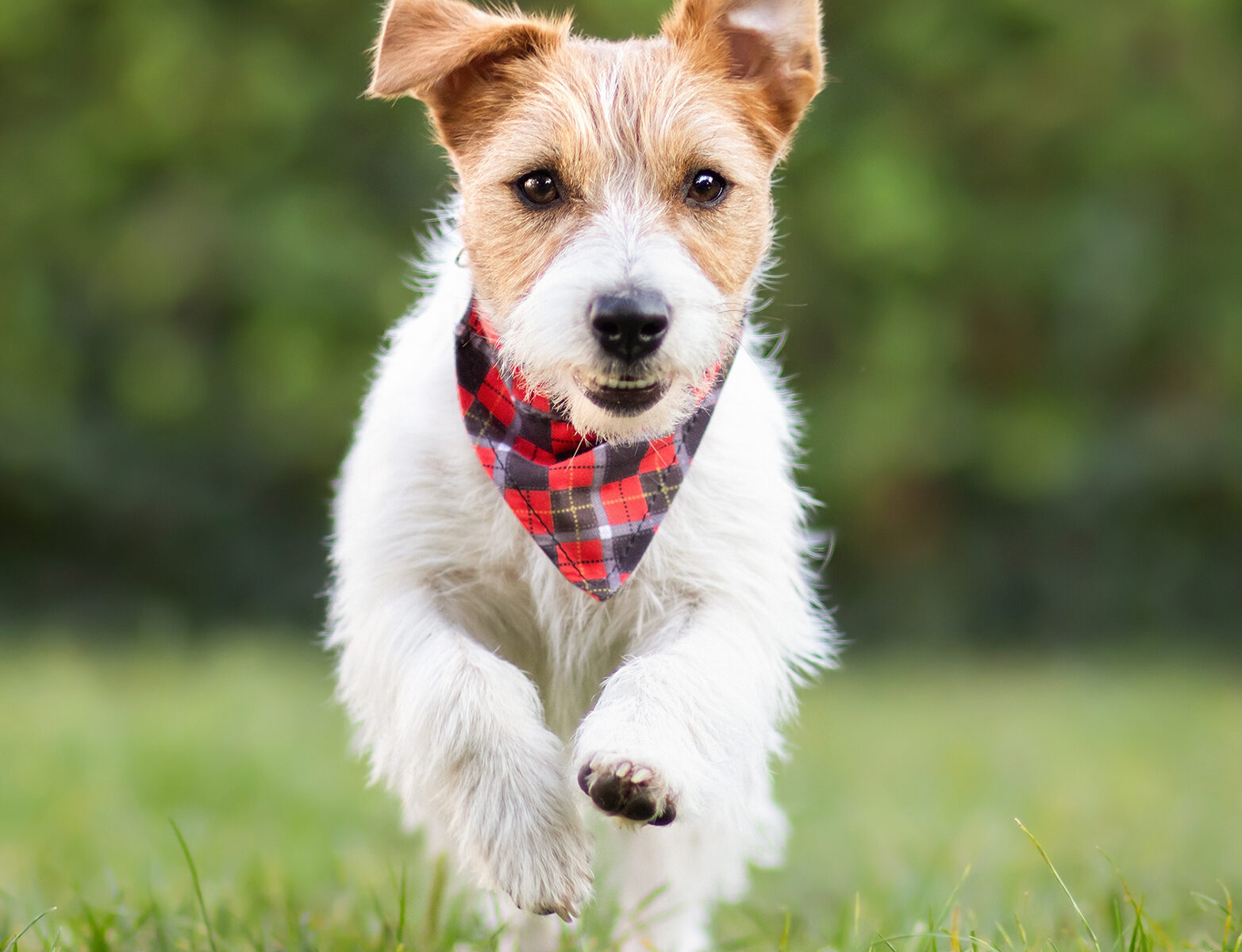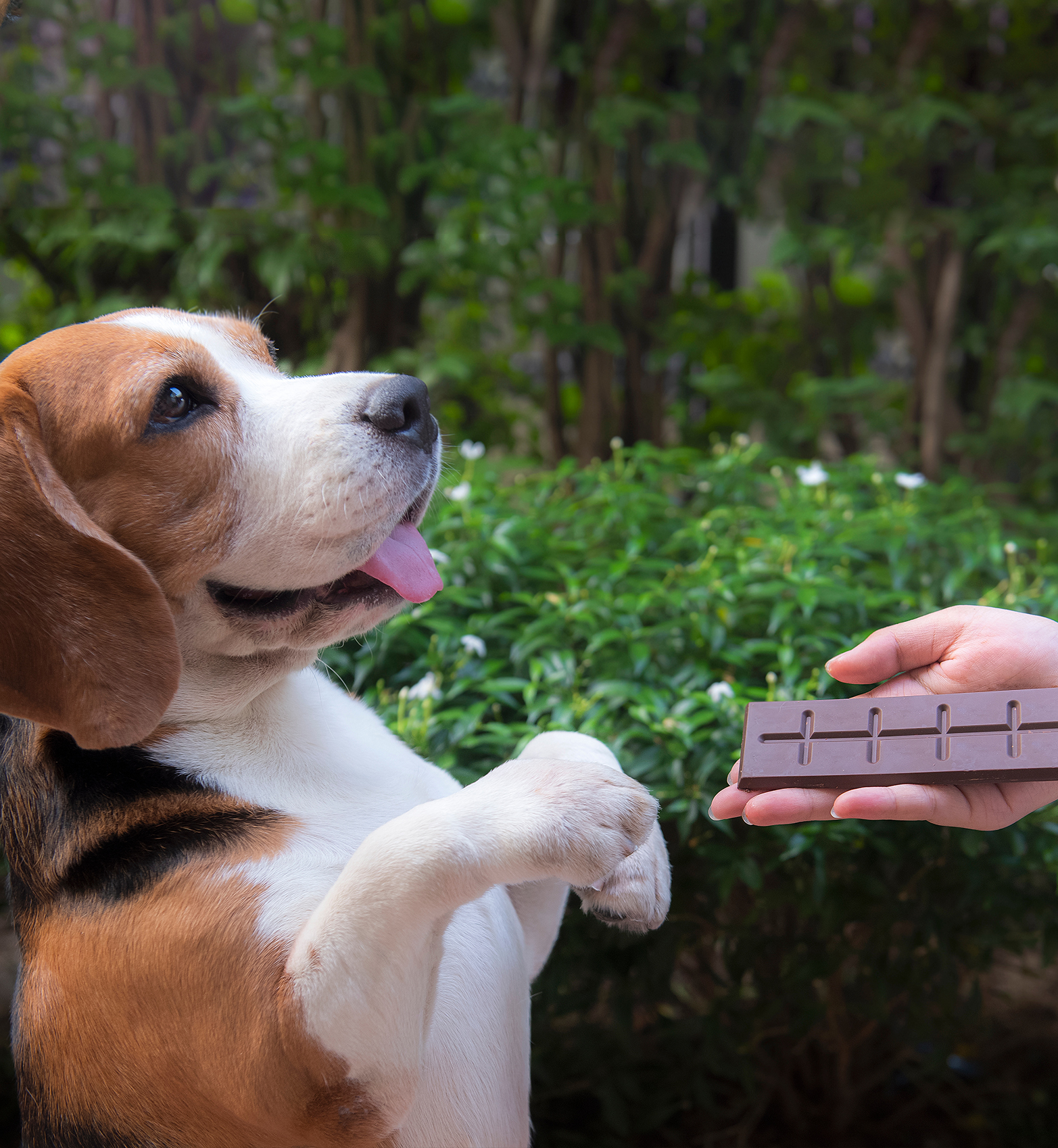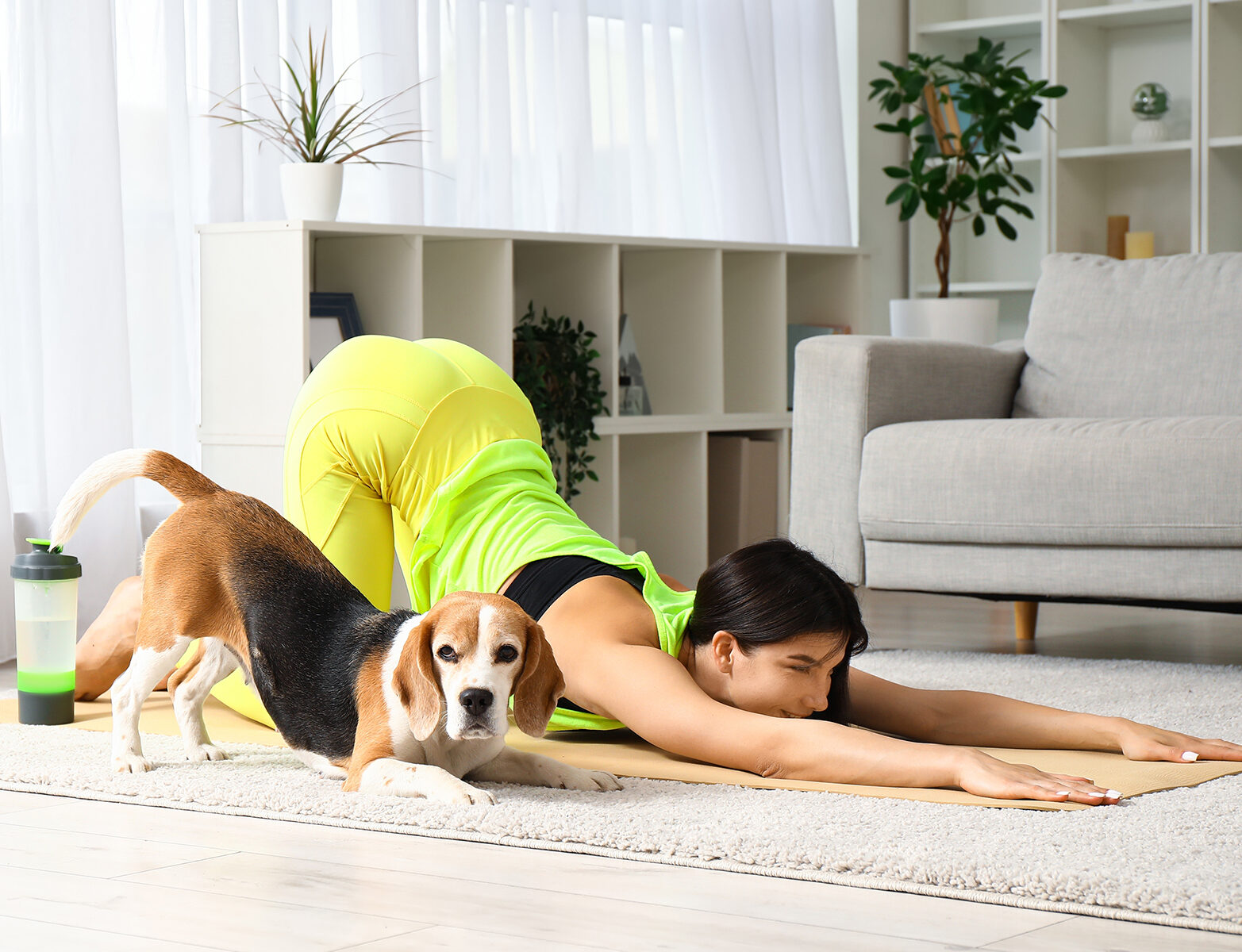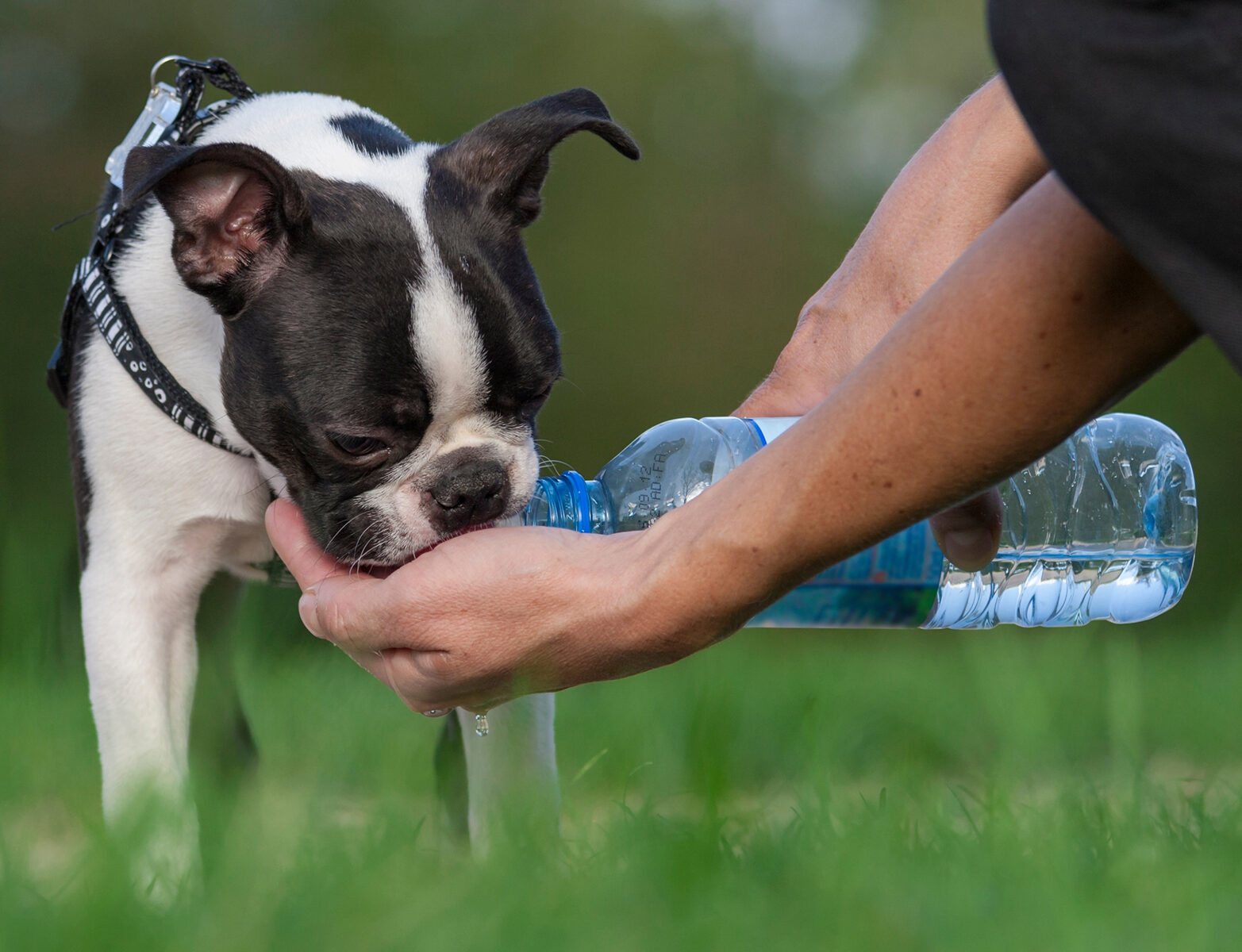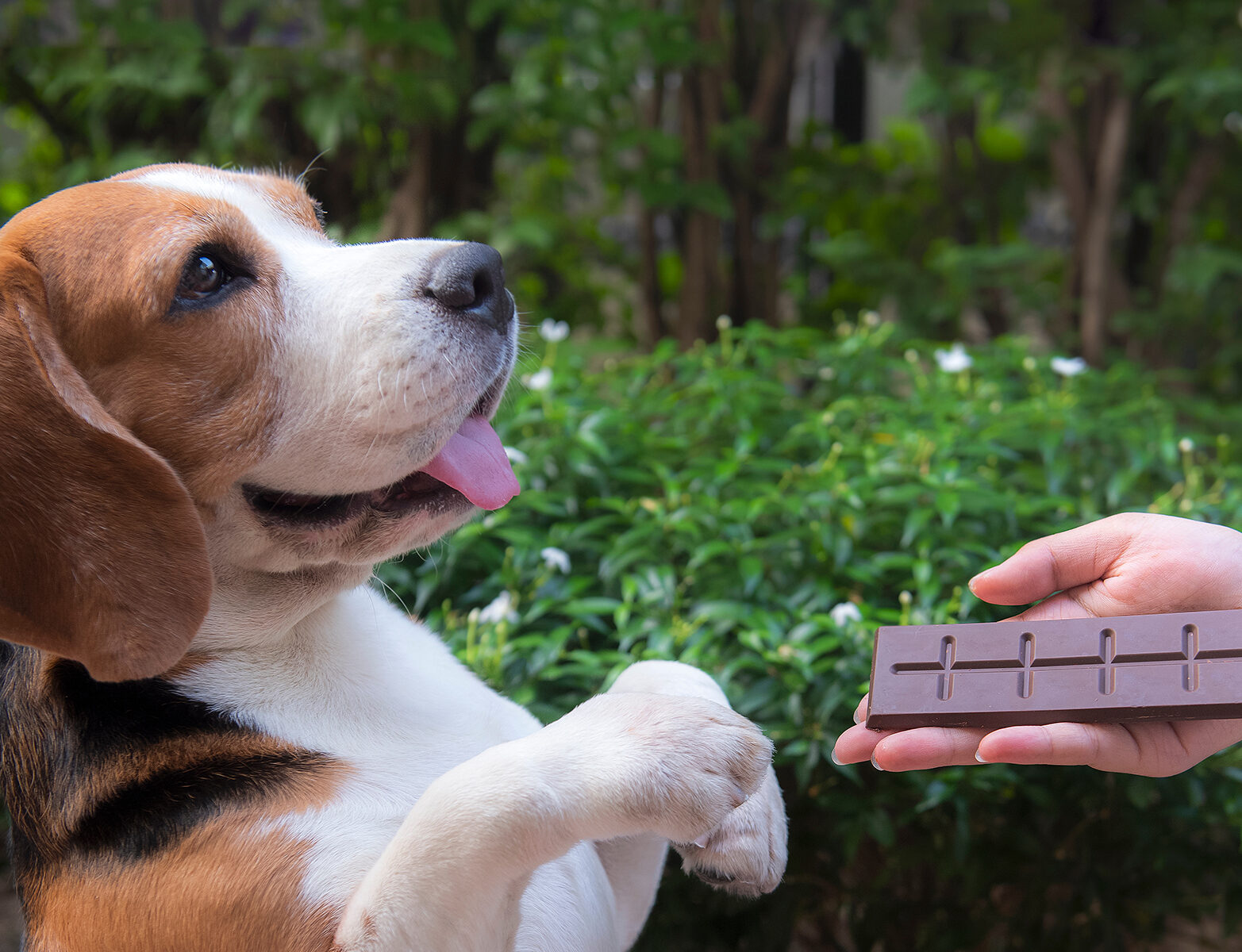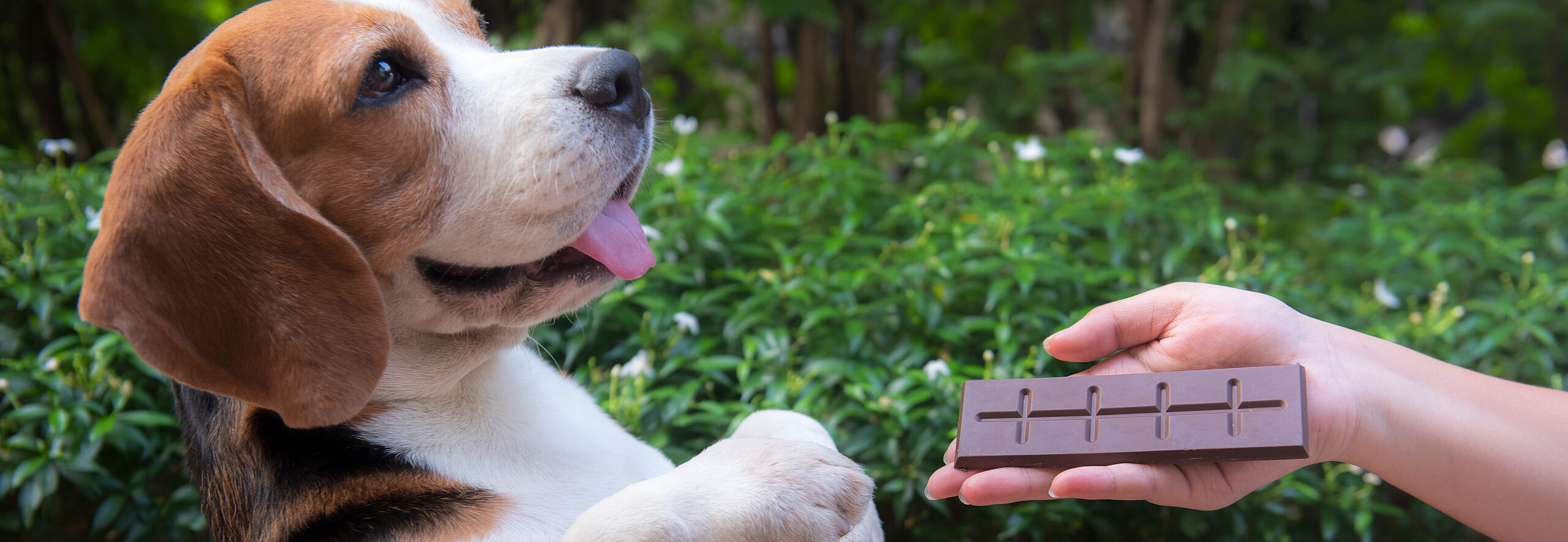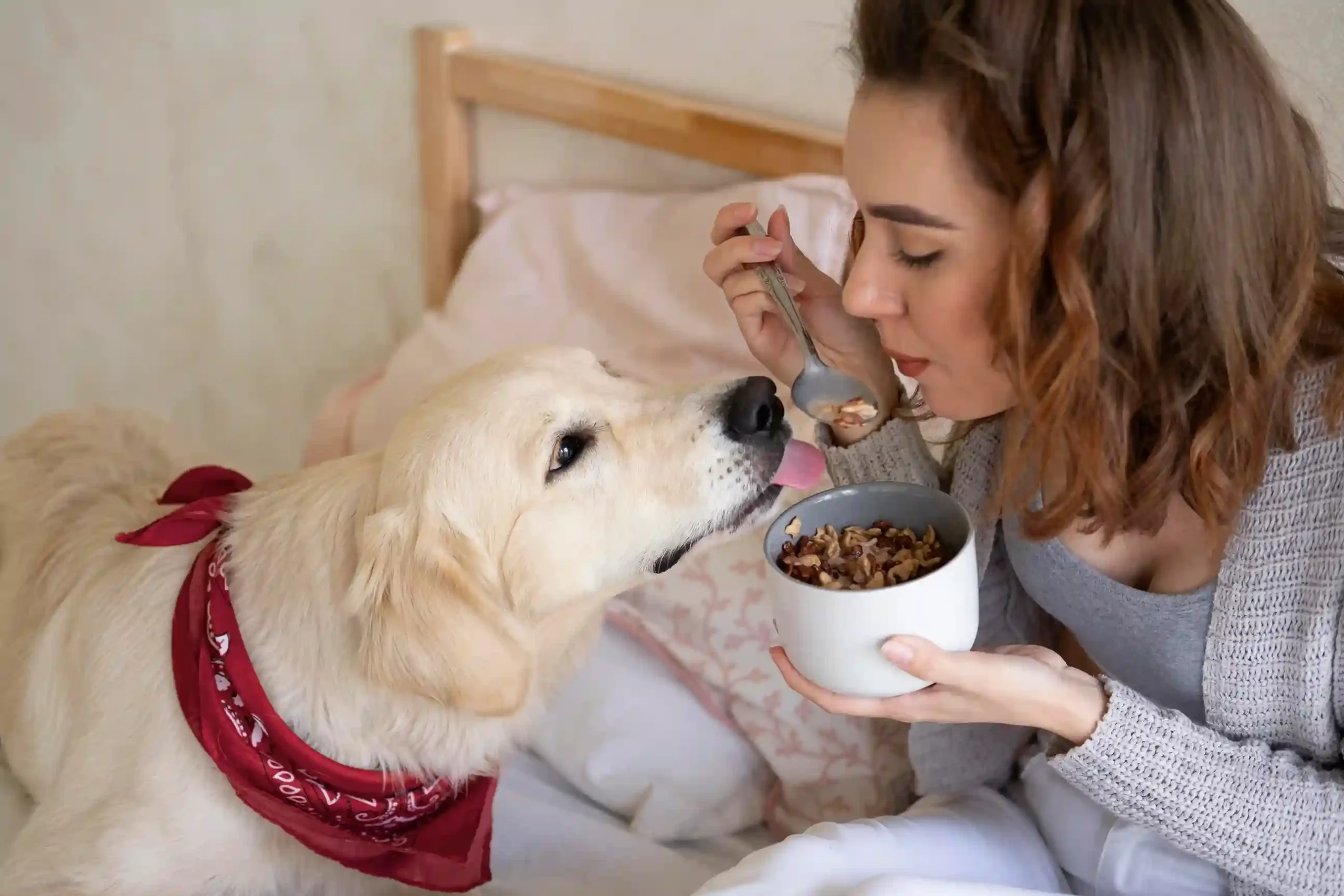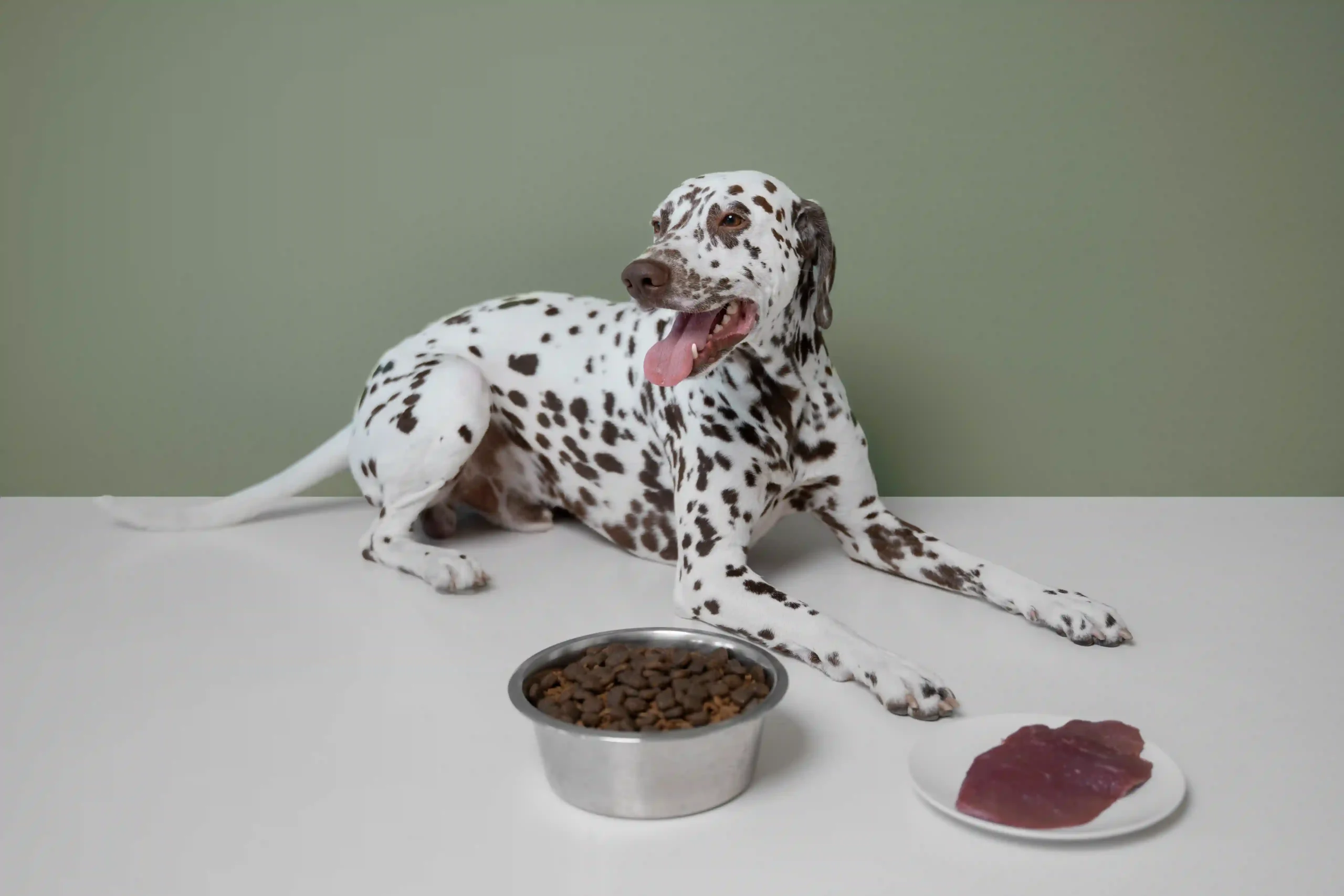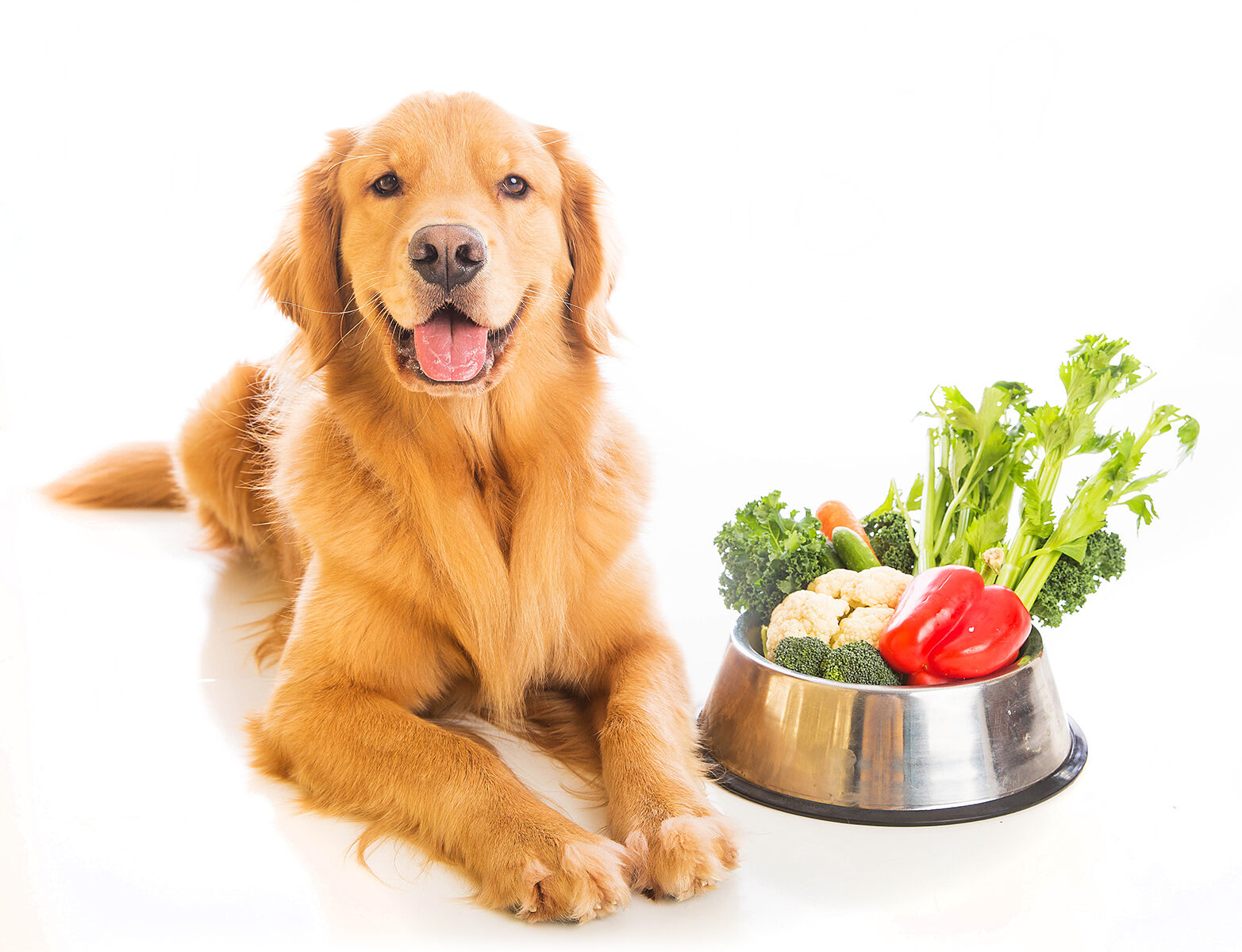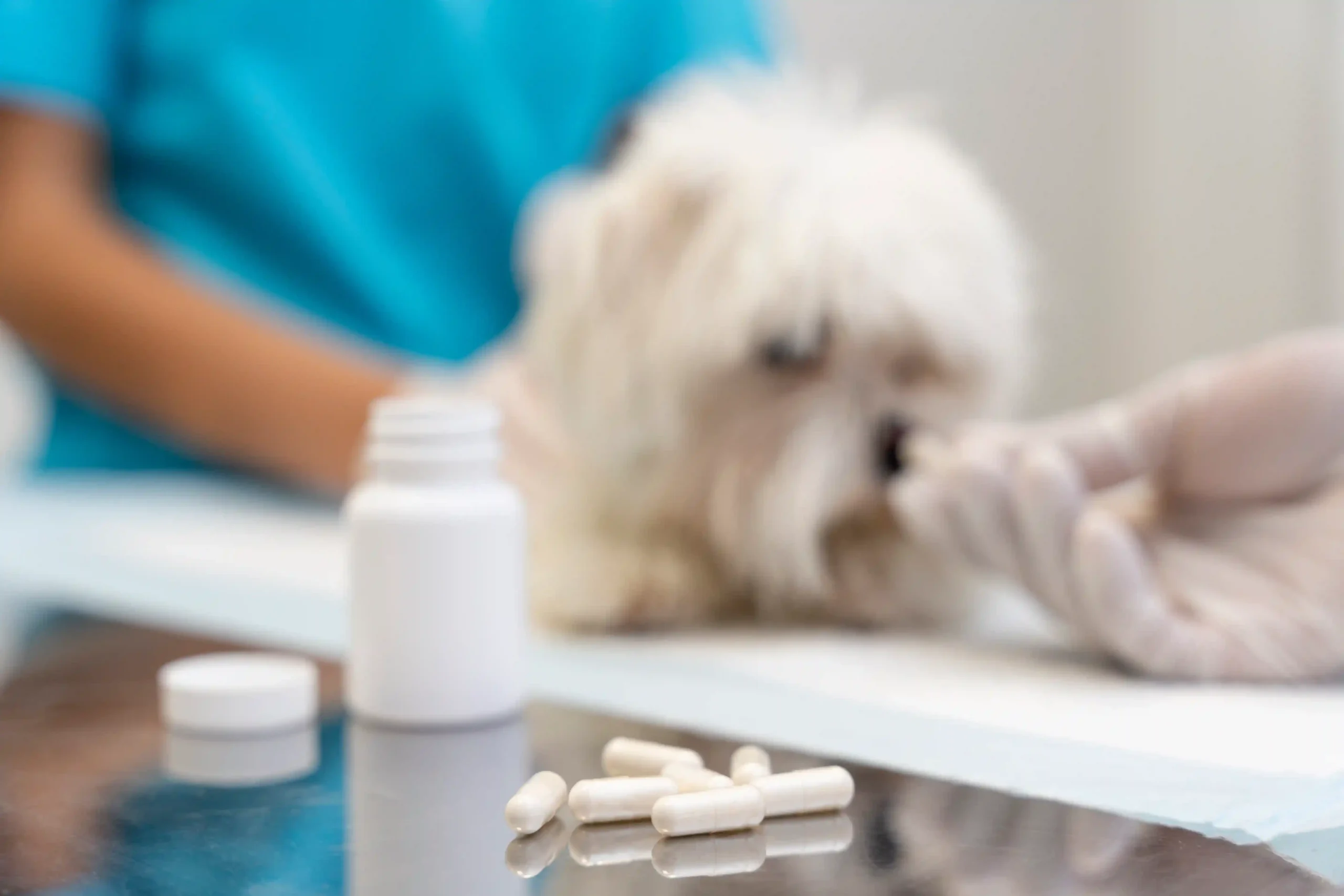- Home
- Blogs

The Importance of Exercise for Your Dog: A Key to a Healthy and Happy Life
Regular exercise is essential for a dog’s physical health, mental well-being, and behavior. This blog explores the benefits of exercise, how much activity different breeds need, and the best types of workouts for dogs of all ages. Learn how to keep your furry friend fit, happy, and well-behaved with the right exercise routine!
Document:
Exercise is essential for a dog’s physical health, mental well-being, and overall happiness. Just like humans, dogs need regular physical activity to maintain a healthy weight, build strong muscles, and prevent behavioral issues. Without enough exercise, dogs can become bored, anxious, or overweight, leading to various health and behavioral problems.
In this blog, we’ll explore why exercise is crucial for your dog, the benefits it offers, and how to create the perfect exercise routine based on their age, breed, and energy levels.
1. Why is Exercise Important for Dogs?
Dogs are naturally active animals, and regular exercise provides numerous benefits:
- Maintains a Healthy Weight – Exercise helps burn calories and prevent obesity, reducing the risk of diseases like diabetes and heart conditions.
- Strengthens Muscles and Joints – Active dogs develop strong muscles and bones, reducing the chances of joint problems like arthritis.
- Boosts Mental Stimulation – Exercise is not just physical; it also provides mental engagement, preventing boredom and destructive behavior.
- Improves Behavior – A well-exercised dog is less likely to engage in excessive barking, chewing, or diggingcaused by pent-up energy.
- Enhances Socialization – Walks, playdates, and dog park visits help dogs interact with other animals and people, making them more well-adjusted.
- Supports Digestive Health – Regular movement helps with digestion and reduces the risk of constipation.
2. How Much Exercise Does Your Dog Need?
The amount of exercise a dog needs depends on factors like age, breed, size, and health condition.
Puppies (Under 1 Year)
- Short bursts of play (5-10 minutes) multiple times a day.
- Walks should be brief to avoid overexertion.
- Interactive games like tug-of-war or fetch help build coordination.
Adult Dogs (1-7 Years)
- High-energy breeds (e.g., Labrador Retrievers, Huskies, Border Collies): Need at least 60-90 minutes of daily exercise. Activities like running, swimming, or agility training are ideal.
- Moderate-energy breeds (e.g., Beagles, Cocker Spaniels): Require 45-60 minutes of walking and playtime.
- Low-energy breeds (e.g., Bulldogs, Pugs, Basset Hounds): Need 30-45 minutes of light exercise, like short walks or gentle play.
Senior Dogs (7+ Years)
- Older dogs may slow down but still need gentle daily walks and light activity to keep their joints and muscles healthy.
- Swimming and short, low-impact walks help maintain mobility without straining aging joints.
3. Best Types of Exercise for Dogs
Walking
- Essential for all dogs, walks provide physical activity and mental stimulation as they explore new scents and surroundings.
- Try varying routes to keep walks exciting.
Running or Jogging
- Great for high-energy breeds that need intense exercise.
- Ensure your dog is leash-trained before taking them on runs.
Fetch and Tug-of-War
- Engaging and stimulating activities that provide both physical and mental exercise.
- Fetch is ideal for dogs who love to chase, while tug-of-war helps build muscle strength.
Swimming
- A low-impact workout that is easy on the joints, making it ideal for senior dogs and breeds like Labradors and Retrievers.
- Always supervise your dog while swimming and ensure they are comfortable in the water.
Agility Training
- Involves obstacles like jumps, tunnels, and weave poles, providing a fun challenge for active and intelligent breeds.
- Helps improve obedience, coordination, and confidence.
Interactive Toys and Puzzle Games
- Mental exercise is just as important as physical activity. Toys like treat-dispensing puzzles keep your dog engaged and reduce boredom.
4. Signs Your Dog Needs More Exercise
If your dog isn’t getting enough physical activity, they may show the following signs:
- Weight gain or obesity
- Excessive barking or whining out of boredom
- Destructive behavior like chewing furniture or digging
- Restlessness or hyperactivity indoors
- Difficulty sleeping or constant pacing
If you notice these behaviors, it’s time to increase their activity levels.
5. Safety Tips for Exercising Your Dog
- Avoid exercising in extreme heat – Walks should be taken in the early morning or late evening during hot weather.
- Provide fresh water – Hydration is key, especially after intense activity.
- Check for injuries – Examine your dog’s paws for cuts or burns, especially after walking on rough surfaces.
- Use a leash in public areas – Even well-trained dogs can get distracted and run into danger.
Don’t over-exercise young puppies or senior dogs – Keep sessions appropriate for their age and health.
Final Thoughts
Regular exercise is essential for keeping your dog healthy, happy, and well-behaved. Whether it’s daily walks, playtime, or interactive activities, ensuring your pet gets enough physical and mental stimulation will improve their quality of life.
By tailoring an exercise routine to your dog’s age, breed, and energy level, you can help them stay fit and prevent behavioral problems caused by excess energy.
